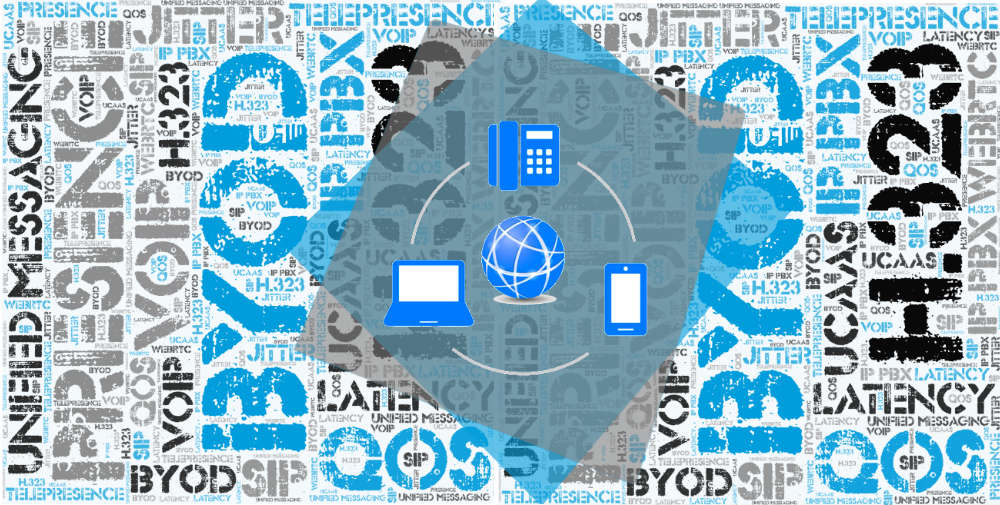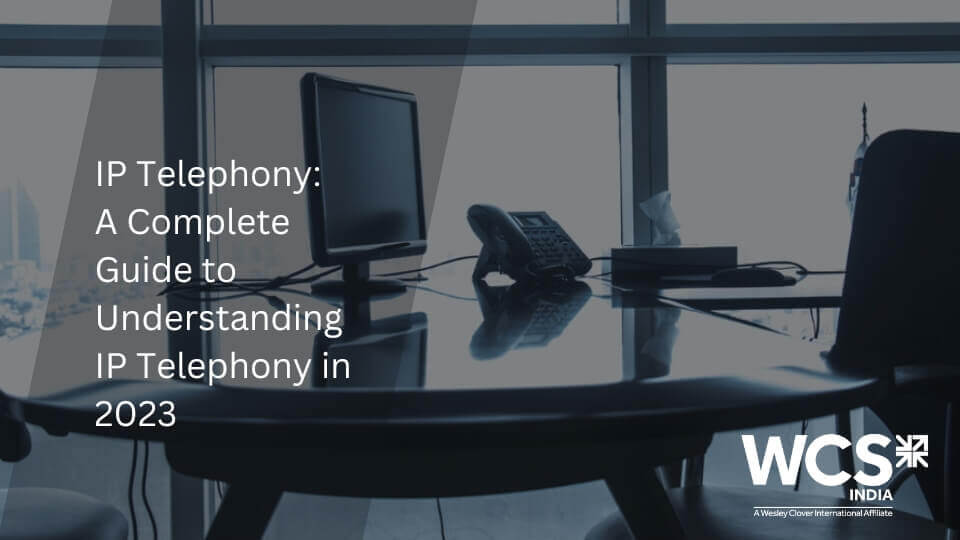Top 8 Must Have Features for Softphones (in 2023)
 Small, mid-sized or large enterprises are continuously looking for solutions to enhance business communications and expand their business potentials. The present scenario is that PBX systems or VoIP desk-phones are ruling the market in the realms of communication and collaboration. With globalization, the world is turning into a much more interconnected place and with the way, businesses operate today, there is a need to build up a unified communication system that is much more than just PBX voice services and that supports the contemporary mobile workforce. This welcomes the arrival of softphones.
Small, mid-sized or large enterprises are continuously looking for solutions to enhance business communications and expand their business potentials. The present scenario is that PBX systems or VoIP desk-phones are ruling the market in the realms of communication and collaboration. With globalization, the world is turning into a much more interconnected place and with the way, businesses operate today, there is a need to build up a unified communication system that is much more than just PBX voice services and that supports the contemporary mobile workforce. This welcomes the arrival of softphones.
Contemporary Workplace
Today, a workplace is
- not restricted to one place and is not limited within the office boundaries
- become more widespread with employees becoming nomadic and mobile (talking about mobile workers, the category includes telecommuters, home-based workers, field workers, office-based mobile workers)
With the change in locations, there is a change in the use of different devices from desktops to laptops and then finally to smartphones and tablets. Softphone clients get installed in user preferred devices and the users can have access to all UC services.
Free Download: Learn how you can enable seamless communications whether you're at a desk, on the move or work from home through our softphone solutions
These softphones enable employees to enjoy the business features on their personally owned devices. Let's discuss those features.
Top 8 Must-Have Features for Softphones
1) HD Voice, Video Calls:
Make HD voice and video calls along with call recording, comprehensive call history with grouping, recording management, filtering, and exporting.
2) Instant Messaging:
It enables real-time communication with the colleagues whether they are in the office, at home or on the way, making messaging all the more efficient when they are online.
3) Conference Calling:
It is easy to hold real-time communication with the colleagues or the customers with conference voice or video calls.
4) Call Continuity:
It means that there is call consistency to the end-users as calls are continuously moving between different networks and vendors’ technologies. (E.g. call seamlessly handed over from Wi-Fi to cellular networks without dropping off)
5) Screen Sharing:
With screen sharing options during conference calls, audience engagement is enhanced as one can show and tell during presentations and people can also join with their devices without the need for additional downloads plug-ins, Flash or Java.
6) Presence:
It enables the exchange of presence information whether the end-user is on call, available or on do-not-disturb mode.
7) Cloud Provisioning Module/ Centrally Managed Platform:
This platform would centrally manage the softphone clients and IT or operations staff will have to configure, manage and distribute applications from one interface. The Provisioning module enables simplifying the end-user experience and optimizing IT and operations staff efficiency.
8) User Management/ User Experience Metrics Module:
The centrally managed platform coming up with user experience metrics would give a deeper insight into the end-user behavior and experiences. The operations team can measure the frequency of end-user issues and give an insight as to which features in the softphone clients are being used.
Technology is moving forward to OTT (over-the-top) unified communications, which can be easily deployed and centrally managed that overpowers the mobile Unified communication challenge and makes you feel like as if 'your PBX is in your pocket'. Be it on smart-phones or any of the personally owned devices (tablets or laptops), with these OTT UC solutions, the mobile softphones make businesses easily accessible and the person readily available anywhere, anytime.





